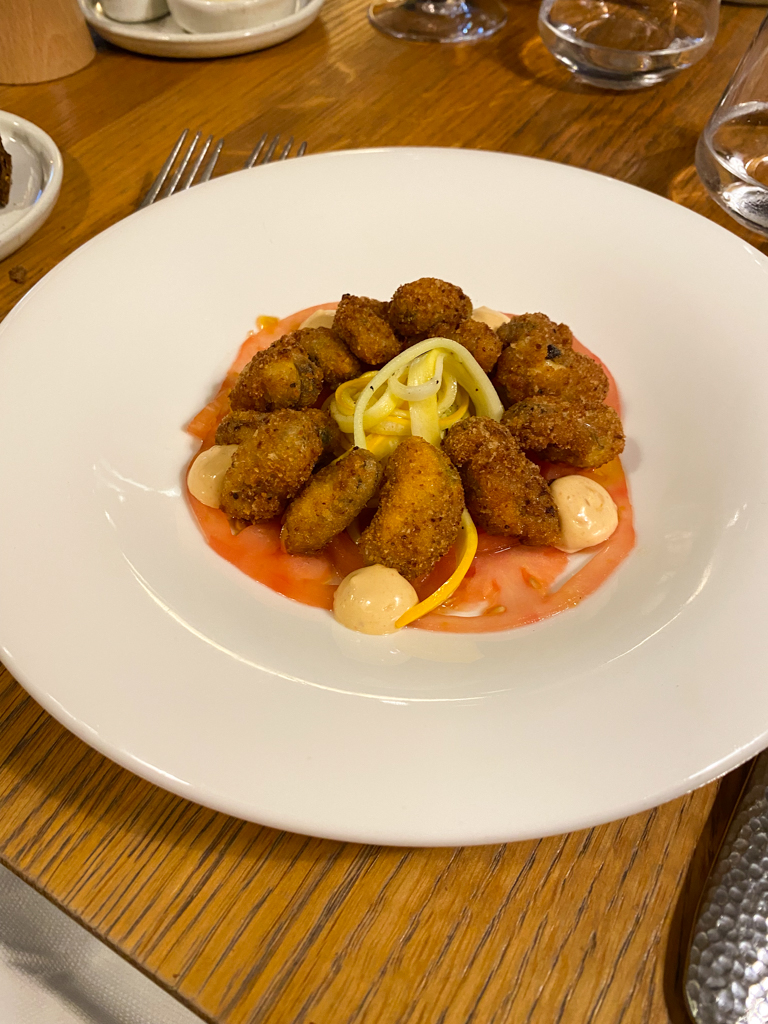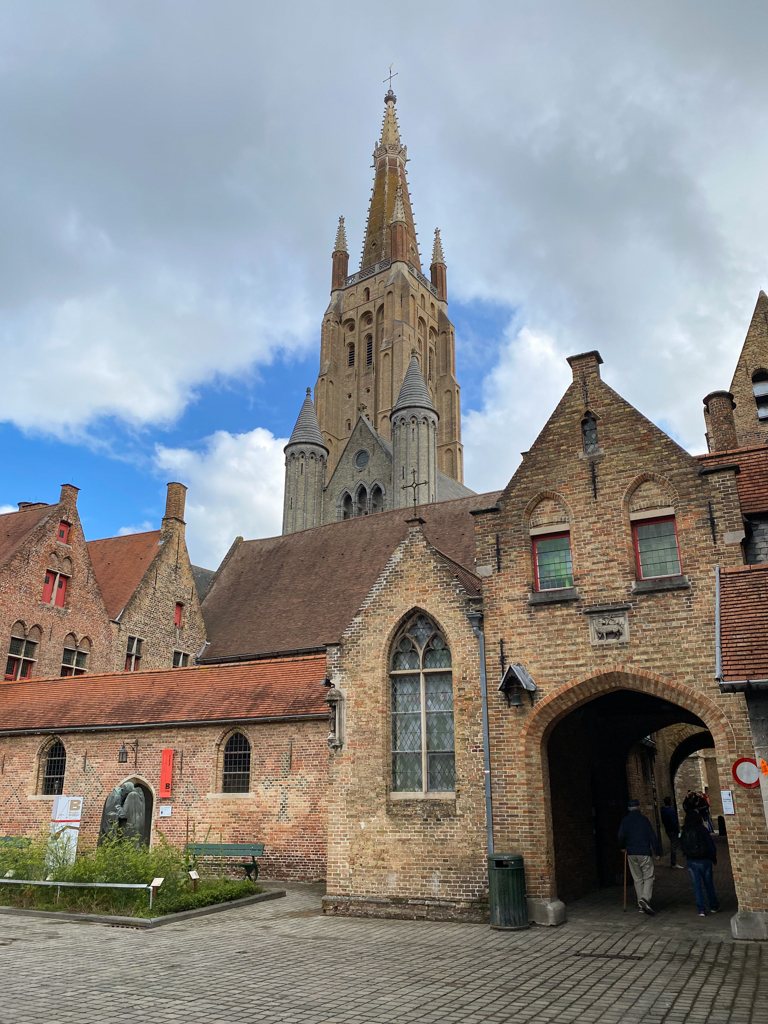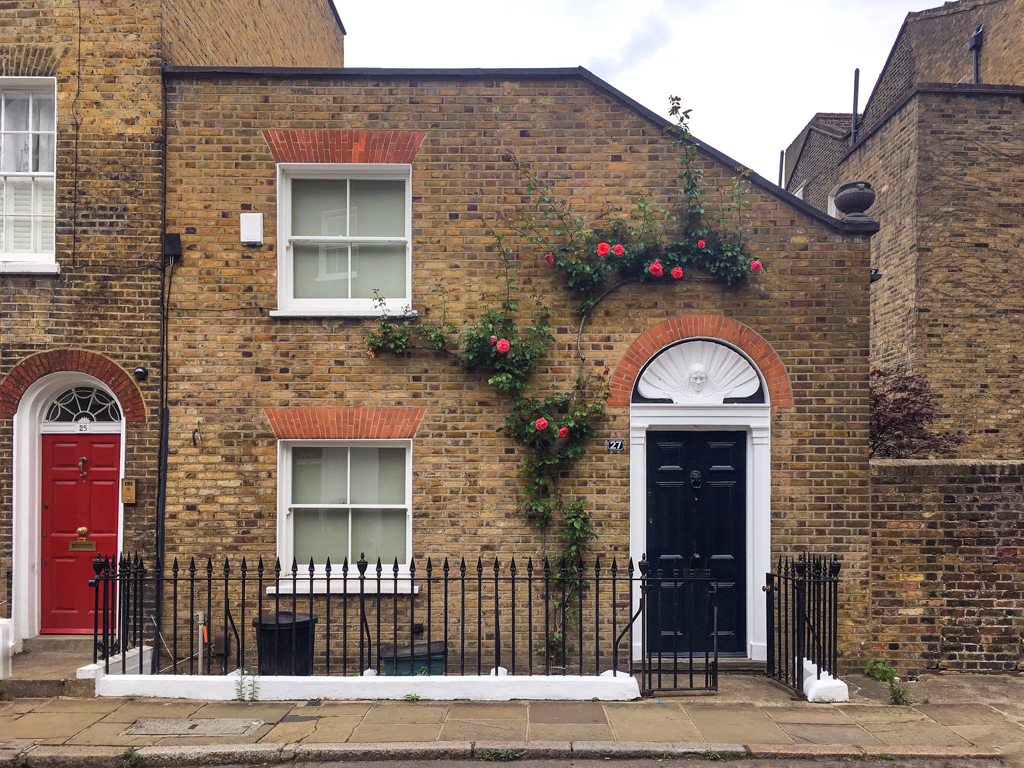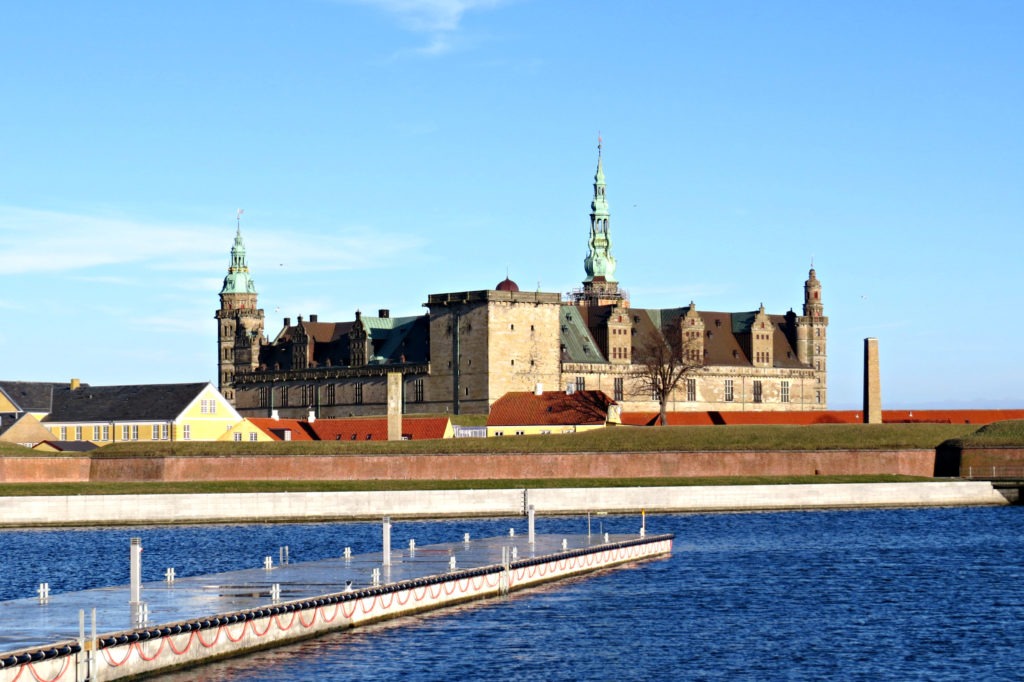We normally love to travel during Victor’s birthday month, September, because it oftentimes has the best weather and the least amount of crowds for Europe’s more popular destinations. And so, in 2022, we decided to go to Belgium. We took the Eurostar Thursday evening after work, so once we arrived at our accommodation we crashed for the night. But the next morning, we were ready for the adventure ahead!

Day 1 – An introduction to Bruges
We woke up to a pretty cold Bruges! It was 14 degrees Celsius. Nonetheless, we bundled up and ventured out for breakfast at Kottee Kaffee. It’s a great cafe with lots of options for brekkie. We decided to go big and get the brunch (called ‘Le Brunch’ on the menu). We got different kinds of sourdough bread with farm butter, artisanal jam, local charcuterie and farm cheeses, farm yoghurt with granola, a sweet dessert, and a glass of cold pressed orange juice and coffee. It was all delicious!


After breakfast, we walked to the Markt, or Market Square, the heart of Bruges. It’s a really impressive space as it has been the centre of the city since the year 958 when it was a marketplace. The square is dominated by the 13th-century Belfry, perhaps made most famous by the black comedy film, In Bruges. The Belfry features a carillon with 48 bells.



From the square, we walked to the Burg, another main square in the city. The square features a few beautiful buildings including Heilig-Bloedbasiliek, the Basilica of the Holy Blood. The church houses a relic of the Holy Blood allegedly collected by Joseph of Arimathea (a Biblical figure who assumed responsibility for the burial of Jesus after his crucifixion) and brought from the Holy Land by Thierry of Alsace, Count of Flanders (a committed crusader). There are two chapels, a lower and an upper. The lower one was built in the Romanesque style and is a very simple and soberly decorated chape. The upper chapel, on the other hand, is richly decorated. It was built in the 15th century in the Gothic style but contains plenty of late-19th-century neo-Gothic decoration.




It was then time for a little treat. I had always associated waffles with the US as I had grown up using our waffle iron to make fresh waffles on the weekend, which were served with a variety of syrups. My favourite was blueberry. But of course, waffles were introduced to the US by the Belgians during various world fairs and expos. These waffles were served with whipped cream and strawberries, just like they are today in Belgium!
There are a dozen or so types of waffles in Belgium, but the two main types are Brussels and Liege. Brussels waffles are made with a yeast-leavened batter, making them light and crispy. They are rectangular with defined edges and they have deeper pockets. Liege waffles are made with a thicker batter that is similar to bread dough and they have uneven edges. Pearl sugar is mixed in with the dough, which caramelises when the waffle is cooked. They are thicker, richer and chewier than the Brussels waffle. We stopped at Chez Albert to try a Liege waffle with strawberries. It was yummy, but perhaps a little sweet for our taste!
 After our little pick-me-up, we went on a walk around the town’s canals. The canals were first built in the early 12th century as a way to connect Bruges to the North Sea. This meant the region could develop economically during the Middle Ages. And indeed, Bruges flourished as a hub for wool, grains and spices throughout the 13th, 14th and 15th centuries. The canals are beautiful and so it’s perhaps unsurprising that Bruges is known as the ‘Venice of the North’.
After our little pick-me-up, we went on a walk around the town’s canals. The canals were first built in the early 12th century as a way to connect Bruges to the North Sea. This meant the region could develop economically during the Middle Ages. And indeed, Bruges flourished as a hub for wool, grains and spices throughout the 13th, 14th and 15th centuries. The canals are beautiful and so it’s perhaps unsurprising that Bruges is known as the ‘Venice of the North’.



We then visited the Groeninge Museum. It houses a collection of Flemish and Belgian paintings covering six centuries, from Jan van Eyck to Marcel Broodthaers. I particularly enjoyed two masterpieces in the museum: Jan van Eyck’s The Madonna with Canon van der Paele and Bosch’s Last Judgement.

 After the museum, we visited the Onze-Lieve-Vrouwekerk, or Church of Our Lady. It’s a Roman Catholic church dating from the 13th, 14th, and 15th centuries. It’s characterised by its Gothic architectural style and large tower, the tallest structure in the city.
After the museum, we visited the Onze-Lieve-Vrouwekerk, or Church of Our Lady. It’s a Roman Catholic church dating from the 13th, 14th, and 15th centuries. It’s characterised by its Gothic architectural style and large tower, the tallest structure in the city.
One of the main highlights of the church is a sculpture. The altarpiece of the large chapel in the southern aisle, created in the 18th century in the Baroque style, enshrines a white marble sculpture of the Madonna and Child created by Michelangelo around 1504. Interestingly, it was the first sculpture by Michelangelo to leave Italy during his lifetime. It left Italy because it was indeed bought by two brothers who were wealthy cloth merchants based in Bruges.



It had been quite the day of exploring and learning, and so we rewarded ourselves with a lovely dinner. We ate at Assiette Blanche, a modern French restaurant that is in the Michelin Guide. The restaurant is more like a bistro, which can be interpreted casually or more upscale depending on your mood.


The food was made with local produce and I appreciated the modern upgrade of some classical dishes.




Day 2 – Bruges, off the beaten path
For our second day in Bruges, we walked south to visit some historic buildings. We first stopped at Museum Sint-Janshospitaal (Saint John’s Hospital). This is one of Europe’s oldest preserved hospital buildings (12th century). We decided not to go inside, but if we had we would’ve seen masterpieces by the Flemish painter, Hans Memling.


We then visited Godshuis Spanoghe. Godshuizen (plural for Godshuis) are Almshouses, which are charitable dwellings. Such houses were sometimes set up by guilds to lodge their elderly members and sometimes by widows or wealthy people who wanted to ensure their place in heaven. Godshuis Spanoghe was founded and built in 1680 by Francesca Spanoghe as a house of worship for women. We continued to walk around and saw some other almshouses around the area. It turns out there are around 46 of these houses left in Bruges.



We then visited Prinselijk Begijnhof Ten Wijngaerde (The Princely Beguinage Ten Wijngaerde), the only preserved beguinage in Bruges. A beguinage is an architectural complex, which was created to house beguines: religious women who lived in the community and did not join an official religious order. In 1998, UNESCO recognized the Bruges beguinage, together with 12 other Flemish beguinages across Belgium, as UNESCO World Heritage sites.
The Ten Wijngaerde complex is striking and charming, and set within a beautiful green space. There are no more beguines living there, but since 1927 it has functioned as a convent for Benedictines. From time to time you will see a few nuns and women pop in and out of the houses.



We walked further south and circled the Minnewater (the Lake of Love), a wonderful lake to relax by.
 Continuing our epic walking adventure, we ventured 30 minutes by foot to another area, famous for its windmills. Windmills have been part of Bruges’s history since the construction of the outer city wall at the end of the 13th century.
Continuing our epic walking adventure, we ventured 30 minutes by foot to another area, famous for its windmills. Windmills have been part of Bruges’s history since the construction of the outer city wall at the end of the 13th century.
However, today, only four windmills are left: the Bonne Chiere Molen, Sint-Janshuismolen, Nieuwe Papegaai and Koeleweimolen. They are located in Kruisvest, a park that runs along the main canal that circles the city. It was really neat to see these historic windmills, and the walk is a really nice way of spending an afternoon.


Once we reached Kruispoort, one of the last city gates in existence, we went back towards the city for lunch. We went to Den Gouden Karpel, a Belgian fish restaurant. We started with a soup but then went for Moules-frites. As you can probably tell by the name, it’s a dish originating from Northern France and Belgium. It’s considered the national dish of Belgium, so this dish is available almost everywhere! It’s a delicious, simple dish.

After lunch, we had time for one last stop before heading to Brussels. We decided to stop by the Gruuthusemuseum, an applied arts and history museum about Bruges. The museum has several historical items from periods ranging from the 15th to the 19th centuries. The museum has majestic tapestries, colourful stained-glass windows, elegant wooden sculptures, historic lace, Burgundian manuscripts and Chinese porcelain.


One particular painting that caught my eye was The Seven Wonders of Bruges by Pieter I Claeissens. The title comes from the script on the painting itself, in Latin, ‘Septem admirationes civitatis Brugensis’. The painting indeed features seven buildings, from left to right: Waterhuis (Water House), The Church of Our Lady (the tower on the left), Poortersloge (Burghers Lodge), the Waterhalle (the long, short building towards the front), The House of the Seven Towers (behind the Waterhalle), the Oosterlingenhuis and The Belfry (the tower on the right). You can see that though the seven buildings are glorious, they are surrounded by ruins. This was to show when Bruges’ economy was increasingly struggling in the 16th century, in contrast with the success of the past.


The museum is within the medieval Gruuthuse, the house of Louis de Gruuthuse. It’s a spectacular building, with lavishly decorated fireplaces, ceilings and balustrades. I particularly loved the small terrace overlooking the internal courtyard.




From the museum, we headed back to our accommodation to pick up our luggage and make our way to the train station. Next stop: Brussels! Bruges was incredibly lovely and I’m really happy we decided to stay not just one but two days in this beautiful town. It may be small, but it packs a lot in with all its history.
What do you think of charming, romantic Bruges? Stay tuned for my post on Brussels for a completely different experience of Belgium.




No Comments